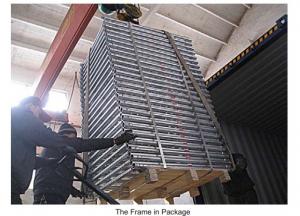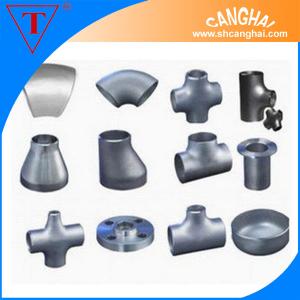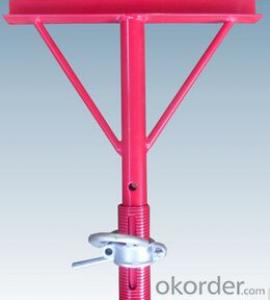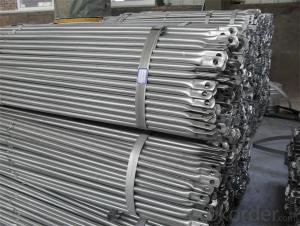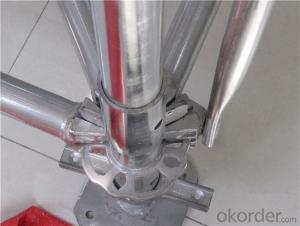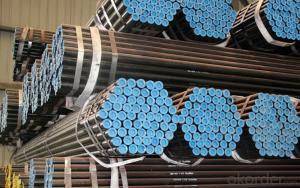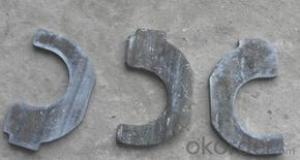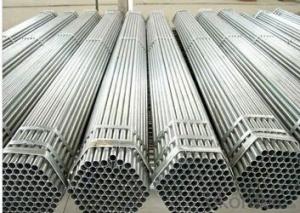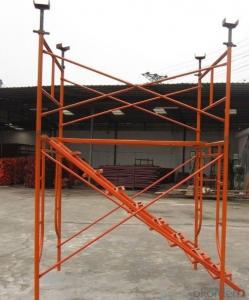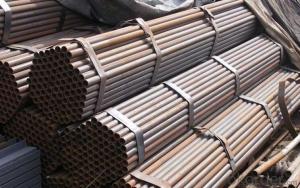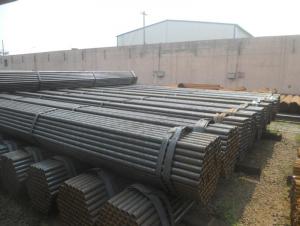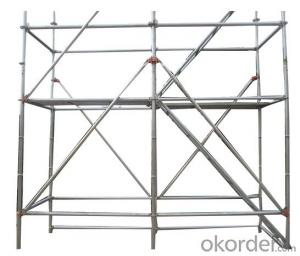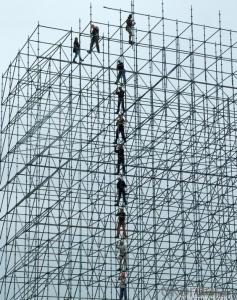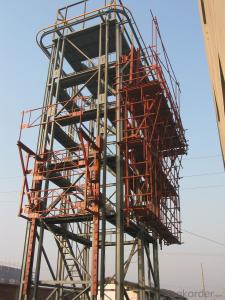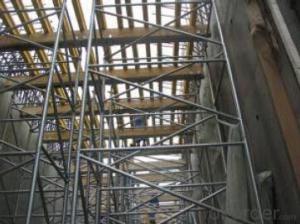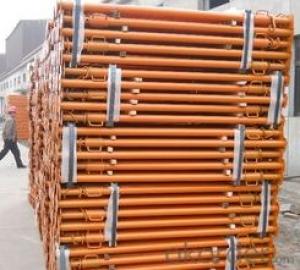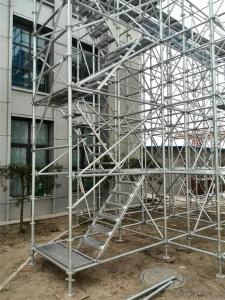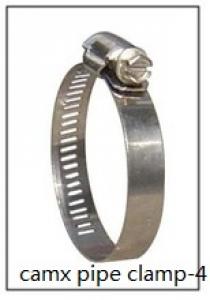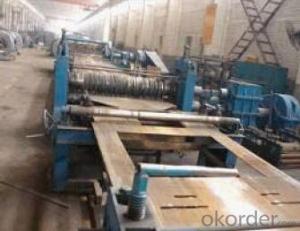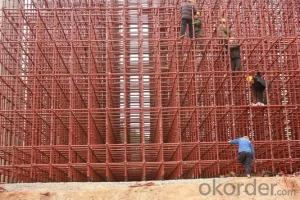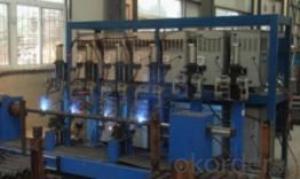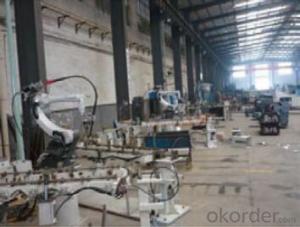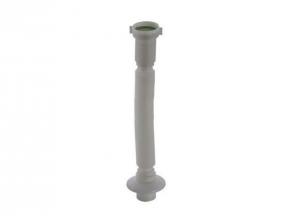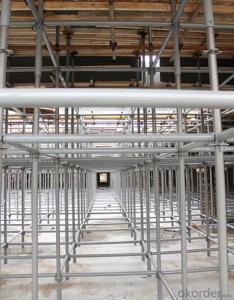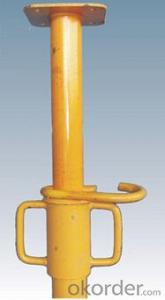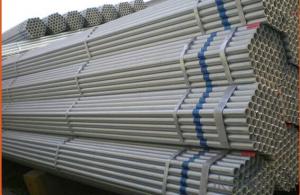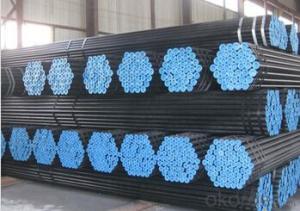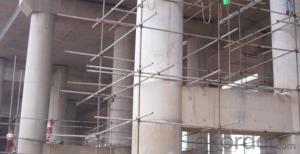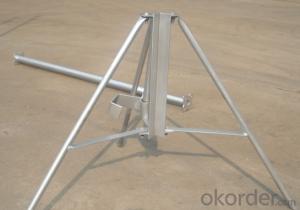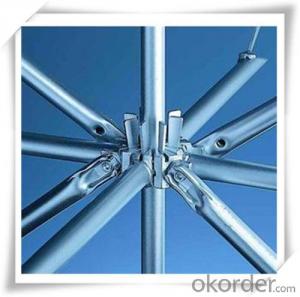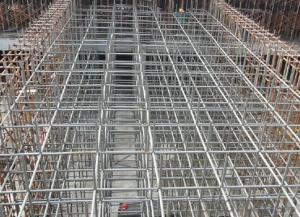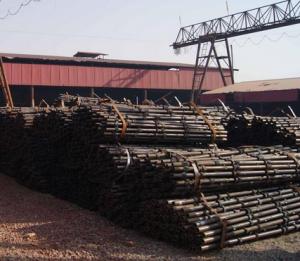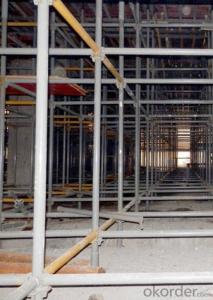Pipe Scaffolding
Pipe Scaffolding Related Searches
Pipe And Clamp Scaffolding Scaffolding Roof Scafolding Modular Scaffolding Scaffolding Props Advanced Scaffolding Scaffolding Bars Drywall Scaffolding Collapsible Scaffolding Scaffold Netting Scaffolding Access Scaffolding Wheels Catwalk Scaffolding Scaffolding Canada Structure Pipe Stainless Steel Piping Wedge Lock Scaffolding Best Scaffolding Scaffolding In India Scaffold Brackets Scaffolding Certification Scaffolding Width Northern Tool Scaffolding Types Of Scaffolding Pipe Pipe Scaffolding Tubes For Sale Pipe Insulation Wrap Movable Scaffolding Platform Scaffold Inspection Training Scaffolding Tubes And Fittings For SalePipe Scaffolding Supplier & Manufacturer from China
Pipe Scaffolding, a versatile construction equipment, consists of various components such as uprights, ledgers, and diagonal braces, all made from durable steel pipes. These components are designed to be easily assembled and disassembled, making them ideal for a wide range of construction projects. The flexibility of Pipe Scaffolding allows it to be used in various scenarios, including building construction, bridge erection, and maintenance work, as it can be quickly adjusted to accommodate different heights and structures. This adaptability makes Pipe Scaffolding an essential tool for construction teams, ensuring both safety and efficiency on-site.Okorder.com, a reputable wholesale supplier, offers a comprehensive inventory of Pipe Scaffolding products to cater to the diverse needs of the construction industry. With a vast selection of Pipe Scaffolding components available, customers can find everything they need for their projects in one place. This not only simplifies the procurement process but also ensures that the quality and compatibility of the components are maintained. By partnering with Okorder.com, construction companies can rely on a steady supply of Pipe Scaffolding, ensuring that their projects remain on schedule and within budget.
Hot Products

